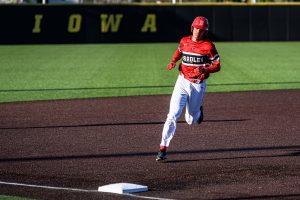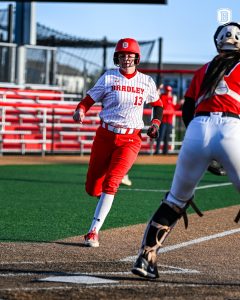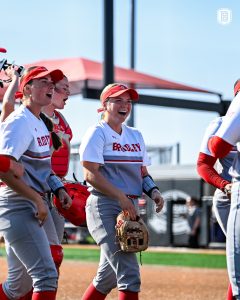This past week marked the beginning of spring training on baseball fields across Florida and Arizona.
Ground balls bounced left and right across perfectly manicured infields. Batting cages were densely populated. Some players showed up relaxed, knowing they’d be staying in ritzy hotels for the rest of the season. Other players arrived with nervous jitters and a future that looks anything but certain.
Though the games seem meaningless, they provide a chance to try something new, like putting players at positions they aren’t used to or giving young prospects maximum reps and lots of action. Heck, they even allow players to use Snapchat Spectacles.
Now, I’m not the biggest Snapchat aficionado you’ll ever meet. I was a very late adopter of the app ‒ I haven’t even had it for a year. My snap score is something like 6,672. I have no clue if that’s high, low or somewhere in between, but I do follow my hometown Texas Rangers on there. Just the other day, I got to see infield drills through the eyes of some of my favorite players.
Having the players wear Spectacles is a really cool idea, . It allowed me to see what the players see, and hear some jokes off to the side while they ran through drills. “So,” I thought to myself, “what if they made this possible during the real games?”
Television audiences could see the spin of a curveball through both the eyes of the batter and the pitcher. When an outfielder drops a ball in the sun, or when an infielder gets a bad hop, the viewers could see why things went awry. I think it would bring a lot of people down to earth and show how hard baseball really is.
Of course, these weren’t the first things I thought of. Initially, I imagined the bench-clearing brawls. How awesome would it have been to experience Rougned Odor’s vicious right hook through Jose Bautista’s eyes? Maybe it’s possible.
NCAA baseball and the Little League World Series experimented with a similar idea last year by putting replay video cameras on the face masks of home plate umpires, and fans found it to be very successful. Viewers enjoyed watching plays at the plate through the umpire’s eyes. As the incredible camera angles really put everyone inside the action.
Most MLB games are played at night, so most players aren’t wearing sunglasses under the lights, but what if the MLB could get a company like Snapchat to make a camera both light and small enough to fit in hats or batting helmets? It would totally change how the sport is presented on television.
Let’s not just limit this to baseball, either. The other headwear sports like hockey and football could implement helmet cameras, as well. Basketball might be a stretch, but maybe the NBA could get cameras into headbands. Who knows?
Like the future minor league players that show up to training camp, the future of baseball on television is rather uncertain. Executives want to speed up the pace to keep viewers, yet media companies are still shelling out big wads of cash for production rights. Maybe the solution for both parties isn’t how they play the game, but rather how they see it.








